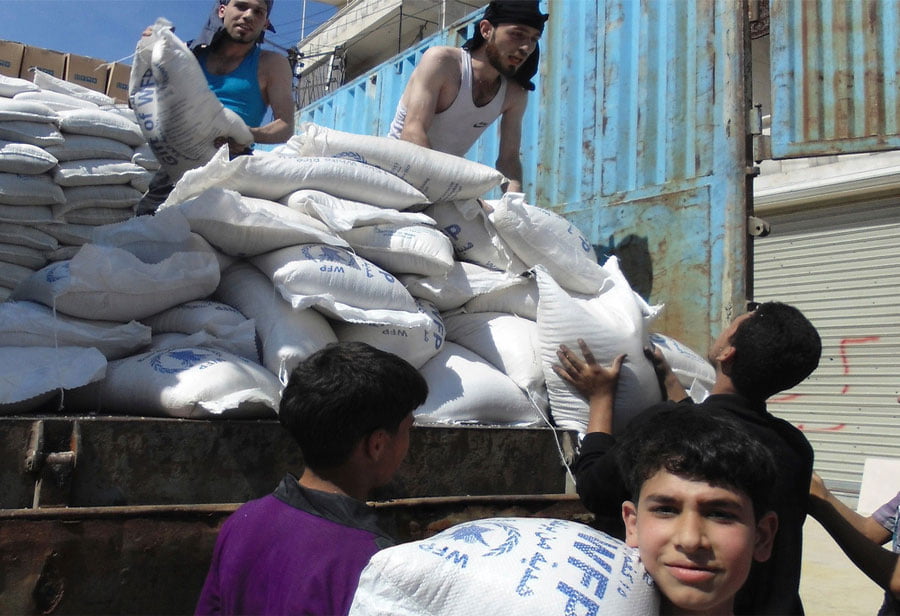It’s been four days since the cessation of hostilities went into effect in Syria. For a conflict that has only consistently and relentlessly intensified for the past five years, there has now been the longest period of sustained de-escalation around the country. This counts as progress.
The average daily death toll in areas outside the control of ISIS during the month prior to the cessation of hostilities was 120. The Syrian Observatory for Human Rights says that on Saturday, the first day of the truce, only 20 people were killed. On the second day of the truce, rescue workers in Aleppo, known as “white helmets” played soccer for the first time in years.
“There were days we would get 50 calls in each of our 114 emergency call centres across Syria,” says Abdelrahman, a spokesman for the White Helmets.
But after the so-called cessation of hostilities began, he says, the number of pleas for help plummeted: “We got ten calls the whole day from all of the centres put together.”
To be sure, the truce could unravel at any minute. There’s a degree of ambiguity about whether or not the ceasefire is actually holding. The UN secretary general and NATO secretary general both confirmed yesterday that the truce was by and large intact. There are also some reports to the contrary.
This is Crucial And Should Not Be Overlooked: Aid is Starting to Arrive
But the negotiations in Munich that lead the this truce, and the Security Council resolution on Friday that enshrined it, also called for increased humanitarian access to besieged parts of the country. This was a key demand of the rebel groups, and here here there is less ambiguity: more aid is reaching more places than in the months prior to the truce talks. “To date, the task force members, we believe, have lived up to their commitment in Munich by using their influence with the parties to ensure an increased flow of assistance,” Steffan di Mistura, the UN Syria envoy, told the Security Council on Friday. “Not enough, but quite an increase.”
Since then, aid has started to arrive in previously hard-to-access towns and neighborhoods. 40,000 people in a long-besieged suburb of Damascus received aid convoys on Monday. The UN plans to reach 150,000 people with aid convoys in the next five days, and progressively scale up its operations throughout the country.
The delivery of aid to long-suffering neighborhoods, towns and cities is a key confidence building measure ahead of the resumption of UN-mediated peace talks between rebels and the government on March 7 March 9.
After five years of horrible suffering, these past four days of decreased violence and increased access to humanitarian relief counts as legitimate progress. The key questions now are whether that progress can be sustained; and if so, whether or not a reduction of hostilities on the ground can translate into any sort of progress at peace talks in Europe next week?
